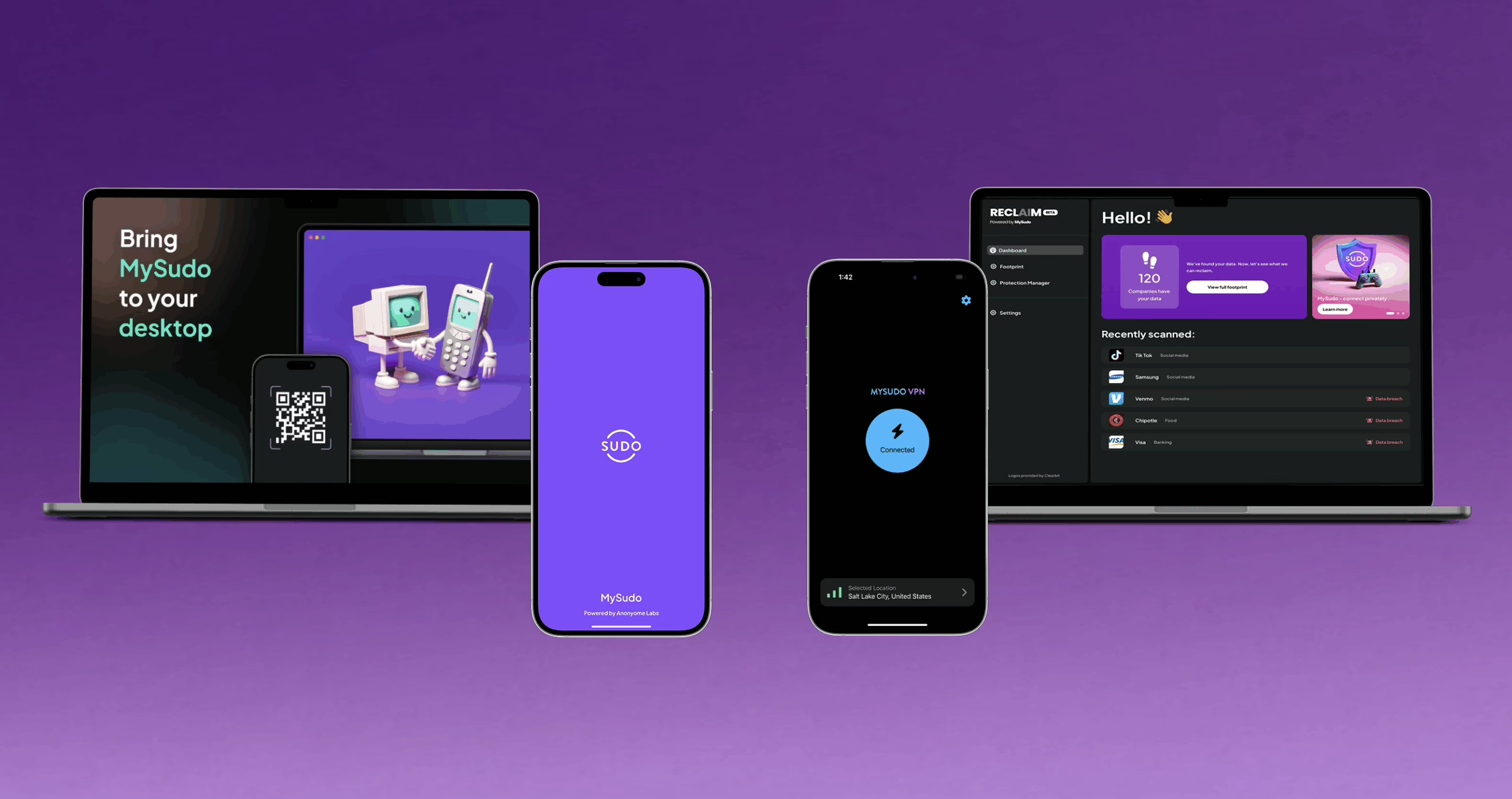For many insurers, identity insurance is still framed as a safety net. It’s only there if something goes wrong. For customers, that means help only arrives after fraud has already caused real problems. For insurers, it means bigger payouts.
This old way of doing things is expensive, and it’s quickly losing relevance.
The better way: Add proactive protection to your offerings.
What is a proactive identity protection suite?
A proactive identity protection suite has privacy and security tools that actively prevent fraud before it happens. These solutions work continuously, blocking threats in the background and seamlessly integrating safer tools into your customers’ daily lives.
Key capabilities include:
- Credit freezes prevent criminals from opening fraudulent accounts.
- Dark-web monitoring scans hacker forums for exposed data such as SSN and credit card details.
- Personal data removal finds sensitive information from people-search and data broker sites.
- Phishing and malware defense protect users with secure email and browser tools that block scams at the source.
- Password manager creates and stores strong, unique passwords for every account, preventing credential theft and account takeover.
- Private browser blocks ads, trackers, and cookies while keeping browsing history fully encrypted, ensuring no one can follow users online.
- VPN (Virtual Private Network) encrypts internet connections on any network, protecting data and activity from hackers, snoops, or unsafe Wi-Fi.
Why prevention works
Credit monitoring, real-time alerts, and dark-web scanning allow insurers and customers to spot threats early. Stopping fraud at the source not only saves customers from stress but also reduces costly claims for insurers. The result is greater peace of mind for policyholders and stronger retention for providers.
By catching suspicious activity quickly, these solutions prevent minor issues from turning into significant losses. Customers see the benefit every day, which keeps them engaged and feeling secure. And for insurers, that proactive approach means fewer claims to cover, lower costs, and stronger long-term relationships with policyholders.
The dual benefit of proactive insurance
Proactive identity protection turns a one-time claim process into a continuous service that builds trust and engagement. Better yet, this trust becomes a business advantage:
Customer retention matters. Improving retention by just 5% can boost insurer profits by 25% to 95%.
In the insurance sector, offering seamless digital engagement and proactive protection can significantly increase customer loyalty, resulting in more renewals and upsell opportunities.
Prevention pays (literally)
For insurers, prevention benefits customers and helps the bottom line. Every fraudulent incident avoided is a claim you don’t have to pay. At scale, that translates into substantial savings. Add in the fact that subscription-based identity protection creates recurring, high-margin revenue, and the business case becomes clear.
A proactive model lowers overall risk exposure while generating consistent income, all while positioning your brand as a leader in trust and innovation. The end result is stronger financial performance and stronger customer relationships.
Protect your customers and your bottom line
The old way of handling identity theft, waiting until fraud happens and then covering the losses, isn’t enough anymore. Customers don’t just want reimbursement, they want protection. Proactive tools turn identity insurance into something customers use every day, not just in a crisis.
The benefits flow both ways:
- Customers avoid the stress and frustration of fraud before it ever impacts their lives.
- Insurers cut down on claim payouts, reduce operating costs, and strengthen long-term loyalty.
With Anonyome Labs’ Digital Identity Protection suite, insurers can deliver these proactive tools under their own brand. It’s a simple way to move from reactive payouts to daily, trust-building protection by creating a win for both policyholders and your bottom line.
Get a demo today!



